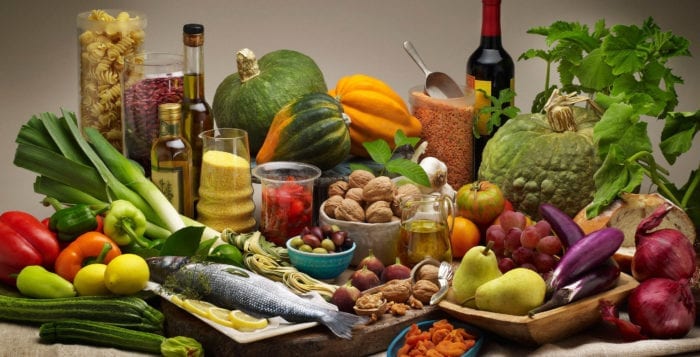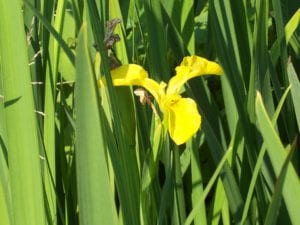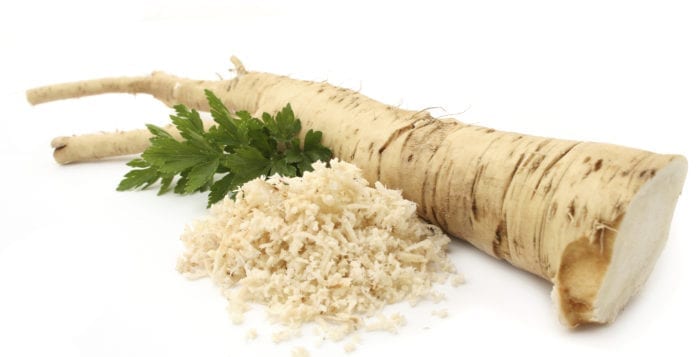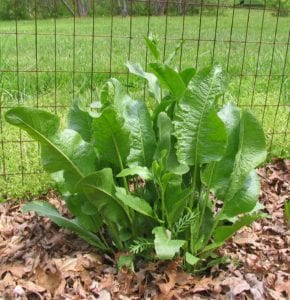Complications are highest during sleeping hours
By David Dunaief, M.D.

Hypertension (high blood pressure) deserves a substantial amount of attention. There are currently about 76 million people with high blood pressure in the U.S. Put another way, one in three adults have this disorder (1). If that isn’t scary enough, the Centers for Disease Control and Prevention reports that the number of people dying from complications of hypertension increased by 23 percent from 2000 to 2013 (2).
And talk about scary, it turns out that fear of the boogie man should take a back seat to high blood pressure during nighttime sleeping hours. This is when the probability of complications, such as cardiovascular events and mortality, may have their highest incidence.
Unfortunately, as adults, it does not matter what age or what sex you are; we are all at increased risk of complications from high blood pressure, even isolated systolic (top number) blood pressure, which means without having the diastolic (bottom number) elevated as well. Fortunately, hypertension is highly modifiable in terms of reducing the risk of cardiovascular disease and mortality (3). At least some of the risk factors are probably familiar to you. These include being significantly overweight and obese (BMI >27.5 kg/m²), smoking, poor diet, lack of exercise, family history, age, increased sodium, depression, low vitamin D, diabetes and too much alcohol (4).
Of course, antihypertensive (blood pressure) medications treat this disorder. In addition, there are nonpharmacological approaches that have benefits. These include lifestyle modifications with diet, exercise and potentially supplements. An item on the game show “Jeopardy” read: “You can treat it with diet and lifestyle changes as well as drugs: HBP.” The corresponding answer was, “What is high blood pressure?” We made the big time!
Risk factors matter, but not equally
In a study, results showed that those with poor diets had 2.19 times increased risk of developing high blood pressure. This was the greatest contributor to developing this disorder (5). Another risk factor with a significant impact was being at least modestly overweight (BMI >27.5 kg/m²) at 1.87 times increased risk. This surprisingly, albeit slightly, trumped cigarette smoking at 1.83 times increased risk. Interestingly, weekly binge drinking at 1.87 times increased risk was equivalent to being overweight. This study was observational and involved 2,763 participants. The moral is that a freewheeling lifestyle can have a detrimental impact on blood pressure and cause at least stage 1 hypertension (systolic between 140 and 159 mmHg and/or diastolic between 90 and 99 mmHg).
High blood pressure doesn’t discriminate
One of the most feared complications of hypertension is cardiovascular disease, because it can result in death. In a study, isolated systolic hypertension was shown to increase the risk of cardiovascular disease and death in both young and middle-aged men and women between 18 and 49 years old, compared to those who had optimal blood pressure (6). The effect was greatest in women, with a 55 percent increased risk in cardiovascular disease and 112 percent increased risk in heart disease death. High blood pressure has complications associated with it, regardless of onset age. Though this study was observational, which is not the best, it was very large and had a 31-year duration.
Nightmares that may be real
Measuring blood pressure in the clinic can be useful. However, in a meta-analysis (involving nine studies from Europe, South America and Asia), the results showed that high blood pressure measured at nighttime was potentially a better predictor of myocardial infarctions (heart attacks) and strokes, compared to daytime and clinic readings (7).
For every 10 mmHg rise in nighttime systolic blood pressure, there was a corresponding 25 percent increase in cardiovascular events. This was a large meta-analysis that utilized studies that were at least one year in duration. Does this mean that nighttime readings are superior in predicting risk? Not necessarily, but the results are interesting. The nighttime readings were made using 24-hour ambulatory blood pressure measurements (ABPM).
There is something referred to as masked uncontrolled hypertension (MUCH) that may increase the risk of cardiovascular events in the nighttime. MUCH occurs in those who are well-controlled during clinic readings for blood pressure; however, their nocturnal blood pressure is uncontrolled. In the Spanish Society of Hypertension ABPM Registry, MUCH was most commonly seen during nocturnal hours (8). Thus, the authors suggest that ABPM may be a better way to monitor those who have higher risk factors for MUCH, such as those whose pressure is borderline in the clinic and those who are smokers, obese or have diabetes.
Previously, a study suggested that taking at least one antihypertensive medication at night may be more effective than taking them all in the morning (9). Those who took one or more blood pressure medications at night saw a two-thirds reduction in cardiovascular event risk. Now we can potentially see why. These were patients who had chronic kidney disease (CKD). Generally, 85 to 95 percent of those with CKD have hypertension.
Dietary tidbits
Diet plays a role in controlling high blood pressure. In a study, blueberry powder (22 grams) in a daily equivalent to one cup of fresh blueberries reduced systolic blood pressure by a respectable 7 mmHg and diastolic blood pressure by 5 mmHg over 2 months (10). This is not bad, especially since the patients were prehypertensive, not hypertensive, at baseline, with a mean systolic blood pressure of 138 mmHg.
This is a modest amount of fruit with a significant impact, demonstrating exciting results in a small, preliminary, double-blind, placebo-controlled randomized trial. Blueberries increase a substance called nitric oxide, which helps blood vessels relax, reducing blood pressure.
The results of another study showed that girls who consumed higher levels of potassium-rich foods had a significant reduction in both systolic and diastolic blood pressure (11). The highest group consumed at least 2,400 mg of potassium daily, whereas the lowest group consumed less than 1,800 mg. The girls were 9 and 10 years old and were followed for a 10-year duration. Though the absolute change was not large, the baseline blood pressure was already optimal for both groups, so it is impressive to see a significant change.
In conclusion, nighttime can be scary for high blood pressure and its cardiovascular complications, but lifestyle modifications, such as taking antihypertensive medications at night and making dietary changes, can have a big impact in altering these serious risks.
References: (1) Health Stat Report 2011. (2) CDC.gov. (3) Diabetes Care 2011;34 Suppl 2:S308-312. (4) uptodate.com. (5) BMC Fam Pract 2015;16(26). (6) J Am Coll Cardiol 2015;65(4):327-335. (7) J Am Coll Cardiol 2015;65(4):327-335. (8) Eur Heart J 2015;35(46):3304-3312. (9) J Am Soc Nephrol 2011 Dec;22(12):2313-2321. (10) J Acad Nutr Diet 2015;115(3):369-377. (11) JAMA Pediatr online April 27, 2015.
Dr. Dunaief is a speaker, author and local lifestyle medicine physician focusing on the integration of medicine, nutrition, fitness and stress management. For further information, visit www.medicalcompassmd.com or consult your personal physician.



 Ooh La La! This pretty girl is Paris, a 6½ years young Shepherd mix. Super adorable and friendly, Paris was rescued from a Texas kill shelter and was transported to Kent Animal Shelter for a second chance at a wonderful life with a new family! She gets along well with other dogs and children and comes spayed, microchipped and up to date on all her vaccines. Kent Animal Shelter is located at 2259 River Road in Calverton. For more information on Paris and other adoptable pets at Kent, please call 631-727-5731 or visit www.kentanimalshelter.com.
Ooh La La! This pretty girl is Paris, a 6½ years young Shepherd mix. Super adorable and friendly, Paris was rescued from a Texas kill shelter and was transported to Kent Animal Shelter for a second chance at a wonderful life with a new family! She gets along well with other dogs and children and comes spayed, microchipped and up to date on all her vaccines. Kent Animal Shelter is located at 2259 River Road in Calverton. For more information on Paris and other adoptable pets at Kent, please call 631-727-5731 or visit www.kentanimalshelter.com.

























